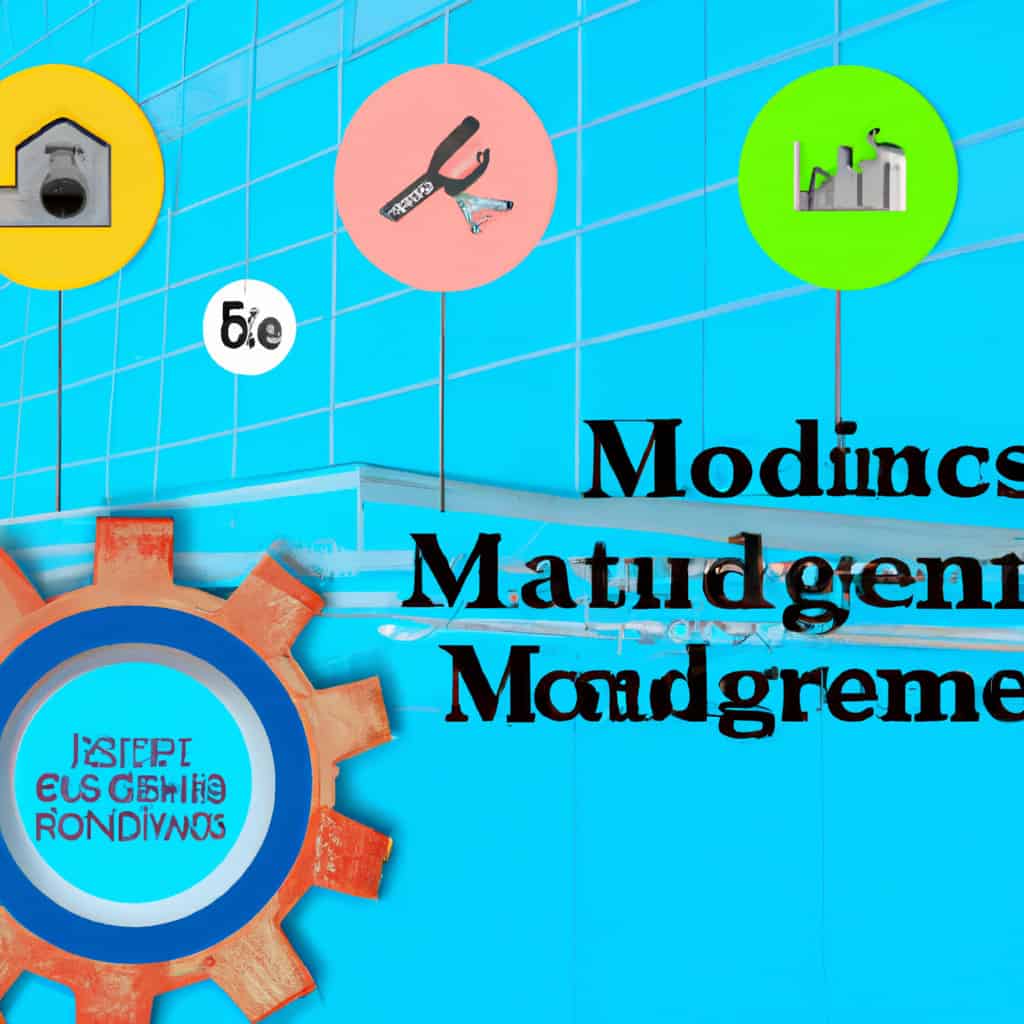Effective maintenance management is essential for organizations in various industries. To streamline maintenance operations and enhance equipment reliability, it is crucial to select the best CMMS (Computerized Maintenance Management System) software solutions.
These software platforms offer features such as work order management, preventive maintenance scheduling, asset tracking, and reporting tools. By examining their key functionalities, ease of use, and integration capabilities, organizations can identify the most suitable CMMS solution for their maintenance needs.
Whether in manufacturing facilities or property management companies, these CMMS software options cater to diverse industries, ensuring reliable and efficient maintenance processes.
Key Takeaways
- Work order management is essential for efficient tracking and prioritization of maintenance tasks.
- Preventive maintenance scheduling helps prevent equipment failures and minimize downtime.
- Asset tracking optimizes inventory management and ensures availability of equipment and spare parts.
- Reporting tools provide comprehensive analysis of maintenance activities, equipment reliability, and resource utilization.
Key Functionalities and Features of CMMS Software Solutions
Key functionalities and features of CMMS software solutions include:
-
Work order management: This allows maintenance operations to efficiently track and prioritize maintenance tasks, ensuring timely and effective completion.
-
Preventive maintenance scheduling: This enables organizations to create and manage maintenance schedules based on predetermined intervals or condition-based triggers. This helps to prevent equipment failures and minimize downtime.
-
Asset tracking: This functionality helps organizations keep track of their assets, including equipment and spare parts. It ensures their availability and optimizes inventory management.
-
Reporting tools: These provide data analysis capabilities, allowing maintenance managers to generate comprehensive reports on maintenance activities, equipment reliability, and resource utilization.
Additionally, CMMS software solutions often offer customization options. This allows organizations to tailor the system to their specific maintenance needs and workflows.
Ease of Use and User-Friendliness of CMMS Platforms
The user-friendliness and ease of use of CMMS platforms are important considerations for organizations looking to implement an efficient maintenance management system. To ensure a successful implementation, organizations should carefully evaluate the user-friendliness of CMMS platforms. Here are four key factors to consider:
-
Intuitive Interface: A user-friendly CMMS platform should have an intuitive interface that allows users to navigate and perform tasks easily.
-
Customization Options: The ability to customize the CMMS platform to fit the specific needs and workflows of the organization is crucial for user-friendliness.
-
Training and Support: Adequate training and ongoing support are essential to ensure users can effectively utilize the CMMS platform.
-
Integration Capabilities: Seamless integration with existing systems and software is important to avoid disruptions and enhance user experience.
Integration Capabilities and Compatibility With Existing Systems
Integration capabilities and compatibility with existing systems are important factors to consider when selecting a CMMS platform. A maintenance operations manager or maintenance manager would likely be highly detail-oriented in their writing, providing specific and precise information about maintenance operations.
This includes equipment reliability, work order management, preventive maintenance scheduling, and asset tracking. Maintenance operations require careful planning and organization, so a maintenance operations manager or maintenance manager would write in a structured and organized manner, ensuring that information is presented in a logical flow and that all necessary details are included.
Additionally, they would possess a deep understanding of maintenance operations and the technical aspects of the equipment being maintained. Their writing would demonstrate this expertise, using technical terminology and explaining complex concepts in a clear and concise manner.
Therefore, when selecting a CMMS platform, it is crucial to consider its integration capabilities and system compatibility to ensure seamless integration with existing systems.
Work Order Management and Streamlining Maintenance Processes
Work order management is a crucial aspect of maintenance processes as it helps in organizing and prioritizing tasks for efficient execution. Effective work order management can significantly improve maintenance efficiency and reduce downtime.
To achieve these goals, maintenance operations managers or maintenance managers need to focus on the following key areas:
-
Equipment reliability: Ensuring that all equipment is properly maintained and functioning optimally to minimize breakdowns and unplanned downtime.
-
Work order management: Implementing a systematic approach to manage work orders, including creating, assigning, and tracking tasks, to ensure timely completion and effective resource allocation.
-
Preventive maintenance scheduling: Developing and implementing a preventive maintenance schedule to proactively address maintenance needs and prevent equipment failures.
-
Asset tracking: Implementing a system to track and monitor the status, location, and condition of assets to optimize maintenance planning and resource allocation.
Asset Tracking and Preventive Maintenance Scheduling for Improved Equipment Reliability
Asset tracking and preventive maintenance scheduling are critical components for improving equipment reliability and minimizing unplanned downtime. In maintenance operations, careful planning and organization are essential.
A maintenance operations manager or maintenance manager would provide specific and precise information about maintenance operations, including equipment reliability, work order management, preventive maintenance scheduling, and asset tracking. They would write in a structured and organized manner, ensuring that information is presented in a logical flow and that all necessary details are included.
Technical expertise is also required, as a maintenance operations manager or maintenance manager would possess a deep understanding of maintenance operations and the technical aspects of the equipment being maintained. Their writing would demonstrate this expertise, using technical terminology and explaining complex concepts in a clear and concise manner.
Conclusion
In conclusion, the 5 best CMMS software solutions are essential for organizations looking to streamline their maintenance operations and improve equipment reliability. These platforms offer a range of features such as work order management, preventive maintenance scheduling, asset tracking, and reporting tools.
Their key functionalities, ease of use, and integration capabilities make them valuable tools for organizations in various industries. By utilizing these CMMS solutions, maintenance operations can be efficiently managed, ensuring that equipment is well-maintained and downtime is minimized.
With their technical expertise and attention to detail, maintenance managers can effectively utilize these software solutions for optimal maintenance processes.
